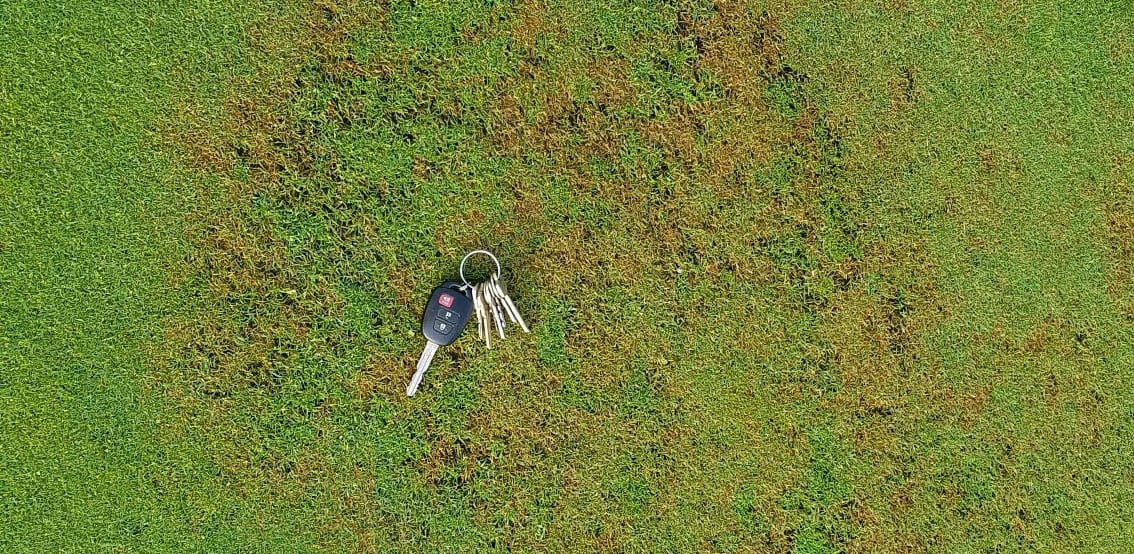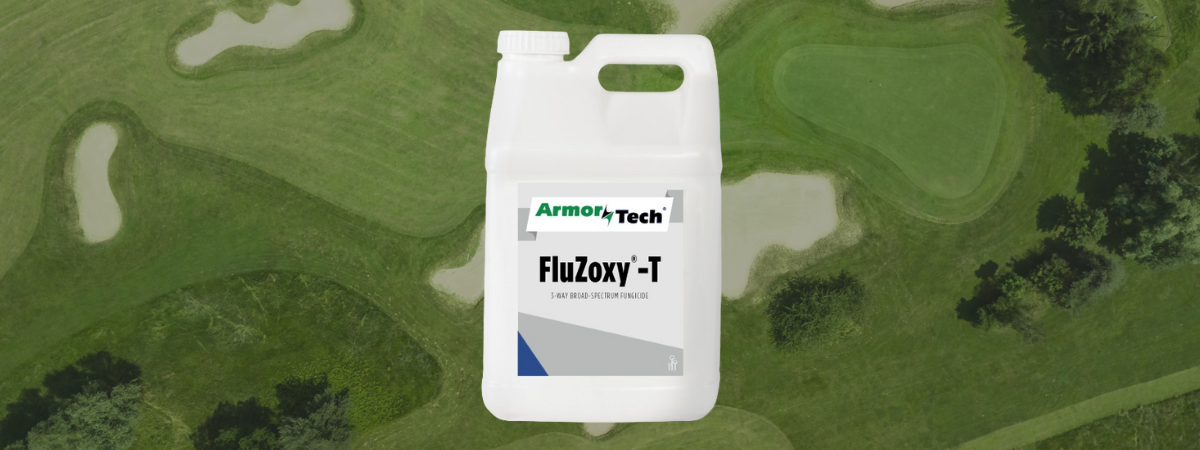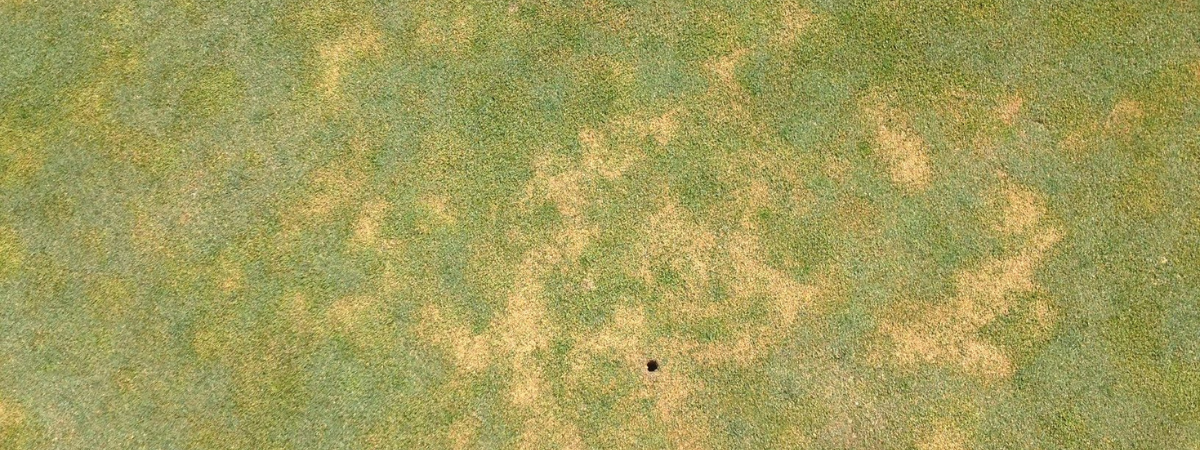Could Pythium root dysfunction be destroying your creeping bentgrass?
It may look like drought stress at first, but does the turf still look wilted after a normal irrigation cycle? Do you have tan or orange irregularly-shaped patches that may be several feet in size? Does the turf have tan-colored roots without root hairs? If so, your putting green may be suffering from Pythium root dysfunction.
What is Pythium root dysfunction?
Pythium root dysfunction is an oomycete fungus caused by one of several Pythium species, the most common being P. volutum, P. aristosporum, and P. aphanidermatum. During the spring and fall, when temperatures are between 50 and 75ºF, the pathogen is active in the soil and begins to colonize creeping bentgrass roots of relatively newly-established sand-based putting greens. If left untreated, the disease infected roots will die. This disease mostly plagues golf courses in the Mid-Atlantic and Southeastern states but has also been found in parts of the Midwest.
How can FMC’s Fame™SC help?
To learn more read FMC’s Best Management Practices: Pythium Root Dysfunction. In addition to tips on the best cultural management practices, discover how spring and fall applications of Fame™SC will keep Pythium root dysfunction from destroying your greens.
The time to spray is now. Contact your ATS sales rep to learn how to begin a Fame™SC preventative fungicide application program today.
During the month of September, earn rebates on qualifying purchases of Fame Fugicides. Find out more here.












